Chinese juniper
Juniperus chinensis is a plant with folklore but no proven medical uses; is an effective insect repellant. It may have protective effects against colon cancer, and the lone rat study assessing glucose tolerance noted fairly remarkable anti-diabetic effects.
Chinese juniper is most often used for
Last Updated:November 17, 2022
Juniperus chinensis is a plant that is a functional house decoration as it has some insect repellant properties. It has some folklore usage for some things, which has spurred limited amounts of research into the herb. Nothing substantial has been conducted though.
Currently, we have lackluster fat burning potential and one study in rats on blood glucose. This study on blood glucose is actually quite remarkable in effect size, but it needs to be replicated in another animal models since the active drug it was compared to might not have been properly evaluated chosen. The effects on colon cancer cells appear to be promising, but no studies have compared the potency of the active component (Widdrol) against an active drug control or used any living models to test; currently preliminary.
It does have a historical use of being an abortifacient (inducing abortions) so it is probably prudent to not consume Juniperus containing products if pregnant; no studies have been conducted on this, however.
- Byakushin
- Juniperus Chinensis
The only animal evidence at this moment in time used 50-150mg/kg in rats, which is an estimated human dose of:
- 550-1,600mg for a 150lb person
- 700-2,200mg for a 200lb person
- 900-2,700mg for a 250lb person
There is no assurance that these dosage ranges are optimal for human consumption
🚧 Under Renovation 🚧
The information in this section is slated for renovation — it will soon be transformed into a more usable (and readable!) form in the coming months. As such, the text in this section may be out of date and not up to Examine’s current standards for writing style.




